I’m a member of a few online forums, keeping track of the pros and cons of different makes and models. It’s more often than not a colourless affair, but every now and then there’s a post that catches your attention like this one, from a Mr James Blake and seen on the Isuzu MU-X 21/22 Owners Australia group page recently.
James states “I fail to understand the logic. Why would anyone buy a brand-new Isuzu Mux for $65,000 and then have new suspension, new wheels, new tyres, new steps and all kinds of bling fitted – while selling the original wheels off. Why would you have chosen the car if it needed all these modifications? Surely when it comes to selling the car on without the original wheels it must be difficult. I just don’t understand”.
He closes with this, “Only thing I’d want to change are the carpets. I prefer pure wool as it’s much softer than the polyester fibre”.

Well James, whilst I had a giggle at your predilection for pure wool snuggling up between your toes (because I hate carpets in a 4WD) instead of the synthetic variety, the first half of your question is worth an ask, especially if you were new to this fourbie business.
The basic reason is this.
Vehicle manufacturers know that 90% of their market DON’T go bush. Yep, that’s right, the overwhelming majority of 4WD owners are city-slickers. Despite the TV ads showing 4WDs splashing through puddles, taking a dive into a creek, scaling the tallest hills and kicking up a dust storm, the bulk of them are posers.
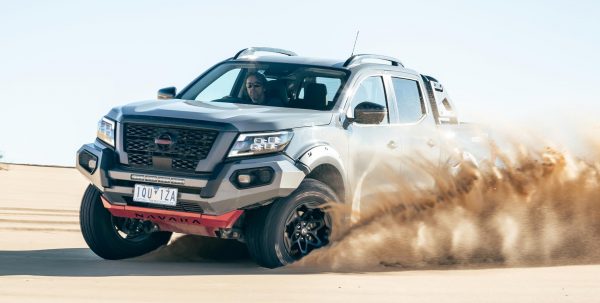
Because the most likely bit of off-road action they’re ever likely to see is when huddled together on a footy oval mound, after negotiating the proverbial grassy-knoll, 4WDs are dumbed-down to best reflect that passenger car sharing the space with the 4WD in the carport. And dumbed-down it is.
So, whilst the vehicle in question was the new Isuzu MU-X, what I’m about to say applies to EVERY new 4WD available in our marketplace, bar the Jeep Wrangler/Gladiator Rubicon cousins, because Jeep gets it (well, if they still had a diesel engine option they would have). Maybe once INEOS Grenadiers arrive they can claim the true Deus Quattuor Machina position.
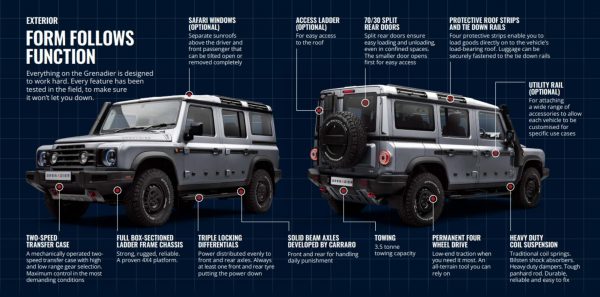
Let’s start with the suspension…
Stock suspension is a pile of crap with a capital C.
I don’t know how vehicle manufacturers can plausibly claim in the case of utes and in the case of a few wagons, that they are capable of towing loads up to 3,500kgs. That’s a load of bollocks. Towball downforce applies a considerable 350kgs to the back of a 4WD when your want is to tow to the max.
So many times I see vehicles with their arses on the grass and headlights spotting koalas in the trees. What’s even more laughable are some of the band-aid methods people apply to fix the problem, like airbags and helper springs that supposedly afford greater carrying capacity. Pffft.
I’m also not a fan, not one little bit, of GVM (that’s Gross Vehicle Mass) upgrades, that utilise that last bit of strength kept in reserve in the suspension/chassis/driveline. You’ll see it in the spec sheet, the difference between the front and rear axles carrying potential and the GVM of the vehicle (which is typically understated by around 10%) is a few hundred kilos of engineering insurance.
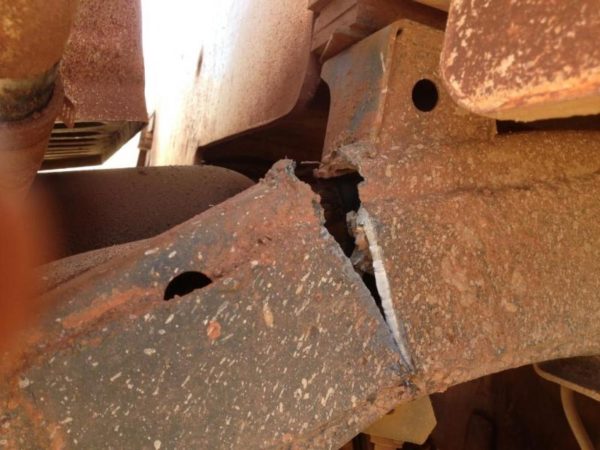
Expect chassis failure, suspension fatigue and cracks in the body if it’s your want to pound the car across corrugations when they are stiff and overloaded. Oh and that’s definitely an opt-out excuse for the maker looking to sidestep your warranty. You better hope the suspension supplier hasn’t got too much fine print going with theirs.
What is sensible is the usual 2”/50mm (nominal) lift and no more. You’ll end up with a sweet-handling ride and with better carrying potential (assuming you’ve rethought your need to tow a big fuck-off caravan). We can help you sort that lot out with our suspension range in the Loaded 4X4 store.
Old Blakey then touched on wheels and tyres, a subject I’m passionate about.
Another nod to the passenger car world is the fascination with big wheels, referring to the trend to 18”, 19” and now it seems 20”. Some of those wheel diameter increases can be justified when the vehicle maker has pursued bigger brakes for safety reasons. I get that.
Bigger brakes mean a commensurately bigger wheel has to be fitted to maintain adequate clearance between the brake caliper/rotor and the inner radius of the wheel. But when some makers fit absurd wheel packages to their vehicles when the brake diameters are puny, you have to say it’s all about fashion and absolutely nothing about function.
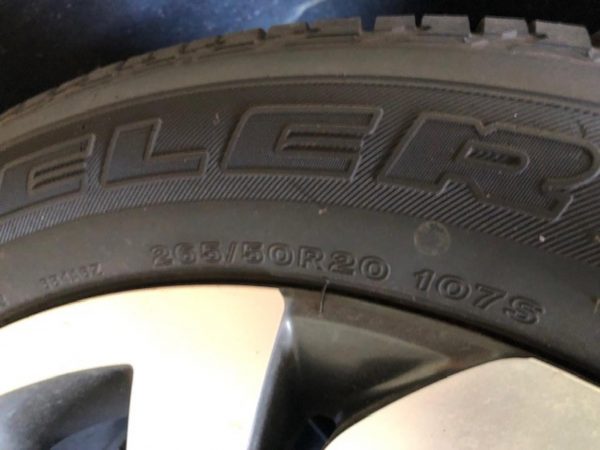
Bigger wheels mean shorter sidewall heights and they are a pox on mankind if your calling is to the woods.
Sidewalls of the 60, 50 and 40 variety will guarantee you several things.
Firstly a punishing ride. With a short, stiff sidewall with little flex, all of those roadside imperfections are going to be transferred up into the cabin, especially when their owners stray from the placard and overinflate.
That same short-arsed tyre will also likely be a passenger variety with a T, H or V speed rating, with a similarly inadequate load index (the true barometer of tyre strength) of the 107, 108, 109, 110, 111 or 112 variety and barely 9mm thick in the tread face with a universal bitumen pattern that’s screaming out to be punctured on the first dirt road excursion. The bigger the gravels the sooner it’ll occur.
Did I also tell you how unlikely you’ll make progress off-road?
One of the greatest assets in launching along a beach or scrabbling up a steep hill is to air down your tyres. It is the stuff that makes 4WDing possible, yet your typical 18”, 19” or 20” doesn’t have the same volume that a 16’ or a 17” does, so kPa per kPa or psi per psi, you can’t realise the same footprint length. And it gets worse because any sudden change in direction will reward you with a decoupled tyre bead/rim flange at pressures below 140kPa/20psi compared to the good old days when going down to 100kPa/15psi was reliably safe. That’s a massive compromise for fashion.
Nup, what you’ll be seeking out is a solid off and on-road performer to replace the vague-steering, wallowing-ride, puncture-magnets that came with the vehicle, replaced with an all-terrain (A/T) in light-truck construction (LT) in a 17” fitment and with a minimum 120 load index. That’ll work and you won’t believe the transformation!
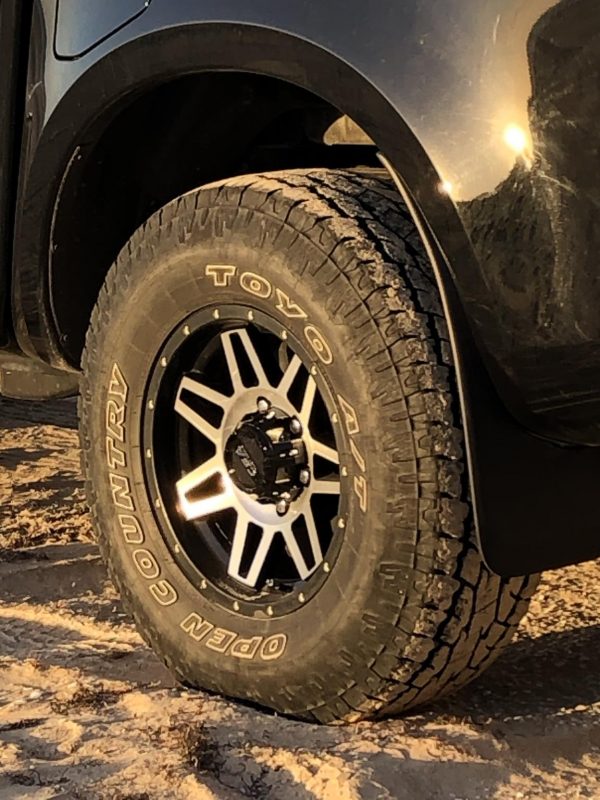
They’re not sponsoring this article but I’m going to give them a plug anyway because the best A/T is Toyo’s Open Country II. I pay good money for my tyres and currently I’ve got them on three 4WDs, three Kimberley Kampers that I rent and a couple of other trailers. Tough as old boots in the bush and comfy on the bitumen, good value too!
And when it comes to replacement wheels, alloys are the best, because they are lighter and will offset the extra weight of those new LT A/Ts you’ve just bought and we can help you with those from the CSA wheel catalogue you’ll also find in the Loaded 4X4 Store.
As for the other bling, there’s plenty of stuff that’s overkill and I’ve commenced a written series on that under the umbrella of Codpiece 4WDs, where the wagon or the ute has had the manhood treatment waved all over it. See the links below to be enlightened.
What I will also tell you is that supplementary lighting is essential. Replacing the feeble candles posing as headlights that come on new chariots with a light bar stacked with LEDs and turning night-into-day makes long-distance journeys safely a cinch.
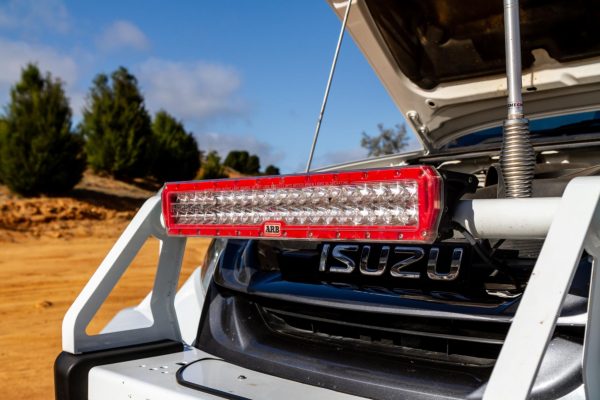
Range anxiety can be overcome with a long-range fuel tank and ARB’s Frontier is the best, adding valuable distance without a container weight penalty.

Crunches underneath can spell the end of a journey and quickly when the tinfoil and composite (read plastic) shields fitted to the under-gubbins of your new 4WD mash and or disintegrate on the mildest of impacts and render your gearbox inoperable or smash your sump and start a slow bleed to death. Thank God for UVP (that’s Under Vehicle Protection) and that’s something we’re developing here at the Loaded 4X4 Store for Mitsubishi Triton/Pajero Sport and Isuzu D-MAX and MU-X right now for a 2022 release.
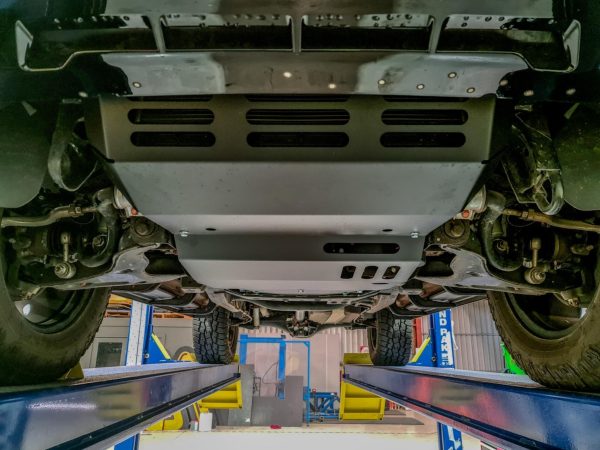
Sidesteps too are the bane of my existence. OEM steps are flimsy using plastic and aluminium instead of steel (if you must have them), that’ll turn themselves inside-out on first contact with an immovable object and lighten your pocket with a minimum $500 per side replacement cost. When the only thing hanging around in your wallet are moths, it’s an expense you can do without.
We mentioned towing before and that’s only going to be as good as the towbar you choose and the best of those is Milford’s Ult1mate. An exquisite design and superlative construction are plain as day on the Ult1mate. Add a wiring loom that’s better than OEM (and will save your plugs getting smashed) and an assembly method that’ll never rattle apart (because it uses locknuts instead of spring washers), coated in a finish that’s gravel-proof and doing away with stupid rattle bolts (Hitch-hush rocks) is my kind of towbar.
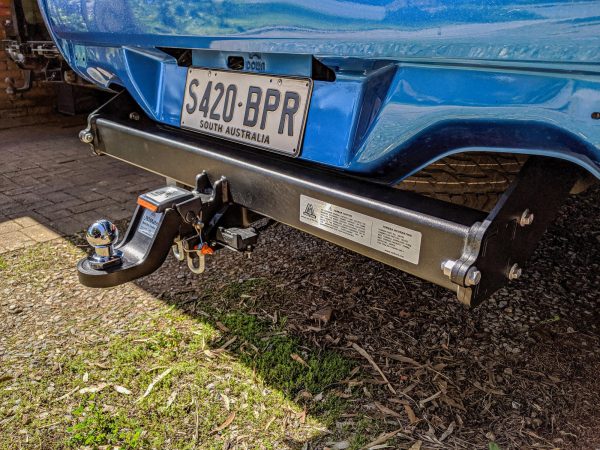
James… mate, that’s why people spend big bucks on perfectly good 4WDs because we can make them betterer!!!
PS When your new wool carpet or your silly leather seats have just had a muddy pair of boots walked all over them, or half the Simpson Desert’s 1100 sand dunes have just blown into crevices where the crevice tool on the Hoover can’t reach, that will be the moment you’ll crave canvas seat covers and vinyl floors! That’s the modification logic.
Codpiece #1 Tub Malfeasance
Introducing the Codpiece – How’s Your Codpiece?





GIPHY App Key not set. Please check settings